200 participants in Lismore Gallery’s latest exhibition, community groups, a visiting artist – director Brett Adlington is creating new ways for artistic engagement…
A few years back I was lucky enough to take part in a Fellowship at the Dallas Museum of Art – thanks to Arts NSW and Museums & Galleries of NSW. My main interest in working there was to speak with museum staff and their community partners about ways in which to engage various sectors of the community.
Here at Lismore Regional Gallery we’ve been gradually introducing more and more approaches like this into our exhibition development, and our current exhibition, Art Magic: Remnant by Japanese-Australian artist Hiromi Tango, is a bit of a pinnacle in that regard.
This project saw over 200 individuals take part, and a large number of community groups including R.E.D. Inc, Lismore TAFE, Jarjum Preschool, Lismore Yarn Guerillas, The Crafty Mummas, Jiggi Makers Circle, The Village Artists, Tuntable Falls Community Preschool & Primary School, Friends Child Care Centre, Lismore Deaf Artists Group & Lismore Rainforest Botanical Gardens.
Tango’s practice involves passing on skills to people in the community to grow the work. Tango, and her partner Craig Walsh, have developed exceptional skills in this area, with their Home project travelling the country from 2011. hiromitango.com/Home
Tango began working with the Lismore community in June, and collectively used textiles to weave together tactile and immersive environments by hand. Tango was particularly drawn to working in Lismore saying “the sense of community is so exceptionally strong in Lismore. The grass roots here are deep and this community is powerful”.
Collaboration is an important and unusual aspect of Tango’s practice. From the beginning of her career, she has blurred boundaries between herself and her audience, inviting people to work alongside her and even co-author her work. She has a strong belief in the therapeutic qualities of her process and has developed “Art Magic” to share the delight of making. Art Magic consists of a range of “Recipes” that offer step by step explanations of processes she has developed over a number of years. These Recipes are designed to be applied by a diverse range of people, from young children, to skilled artists and makers. For Hiromi, these meditative processes, and the vibrant colours and textures of her materials, have been a tincture for dealing with her own anxiety. Tango’s experience of the therapeutic value of her work, and its potential to facilitate meaningful connections with others, has been part of her impetus for sharing her process.
The result is a stunningly immersive experience that is a joy to all who enter it. The opening for this exhibition was huge, with speeches having to be had outside the gallery for the sheer number of people. You can trace the journey of this project by searching for the Instagram hashtag: #hiromitangolismore.
Similarly immersive is the concurrent exhibition, Auditory Visions. This is a project curated fior Lismore Regional Gallery by sound artist Jay-Dea Lopez and printmaker Rona Green. As the title, and the curatatorial team attest – this project is about the combination of prints with original interpretive soundscapes responding to the artworks.
For the purpose of the exhibition Lopez and Green invited seven contemporary Australian printmakers to contribute two works focussing on an environmental or personal space. In response the artists, G.W. Bot, Jan Davis, Rona Green, Alexi Keywan, Bruce Latimer, Travis Paterson, and Michael Schlitz have each created depicting scenes of quotidian objects under a microscopic lens, exotic locations seen through dreams, and inner worlds rendered visible. Each work was made with the intention to be interpreted through a mix of field recordings and synthesised tones. The 3-minute sound pieces highlight visual and psychological elements within the prints.
Printmaking is a visual medium, but at its best it can trigger and inspire other senses. It is concerned with conveying sensory ideas of texture, space, smell and, in the context of the proposed exhibition, sound. Visitors to the Gallery will be able to listen to the interpretive soundscapes through media players located close to the works. The soundscapes will offer a viewing beyond a literal understanding of the prints, enhancing the viewer’s appreciation of the work in a way that is absent in 2D representations.
Both these exhibitions represent a step into worlds beyond the solely visual.
The Hiromi Tango exhibition runs at the Lismore Gallery until October 24.
For more information go to: lismoregallery

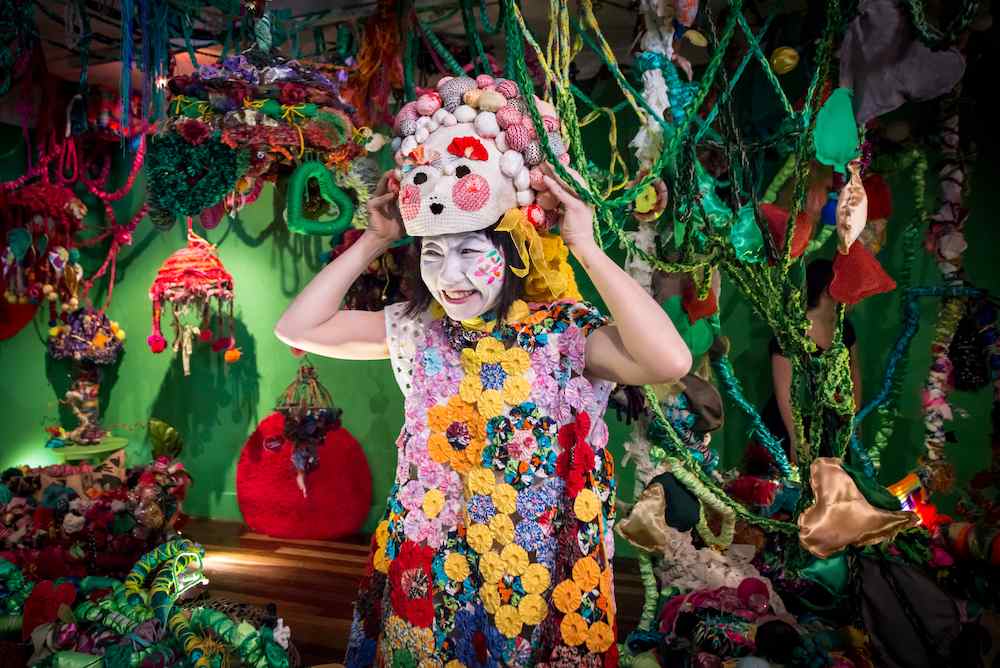
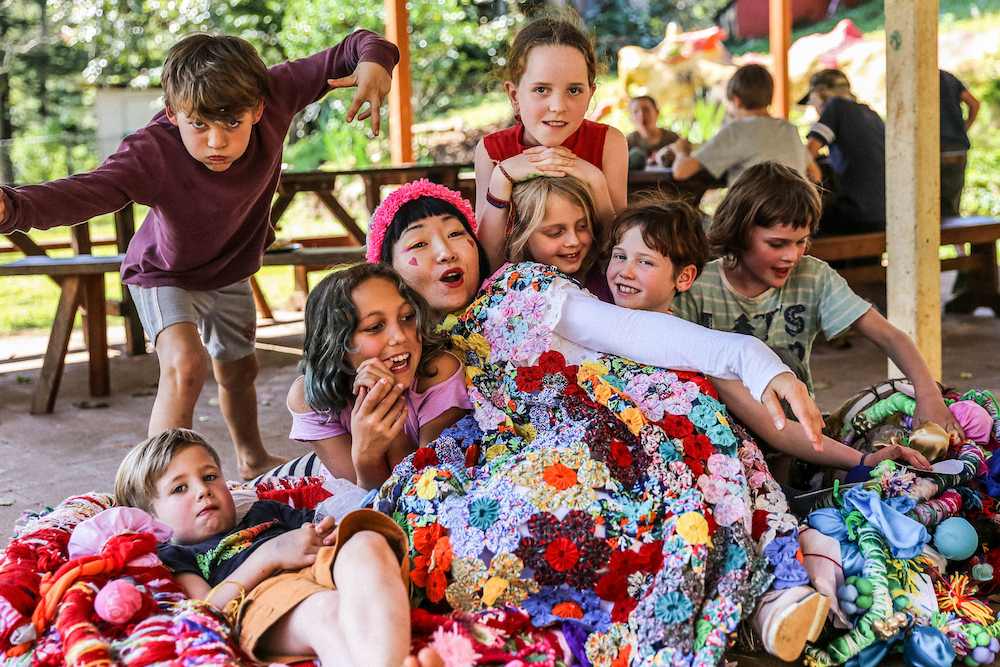
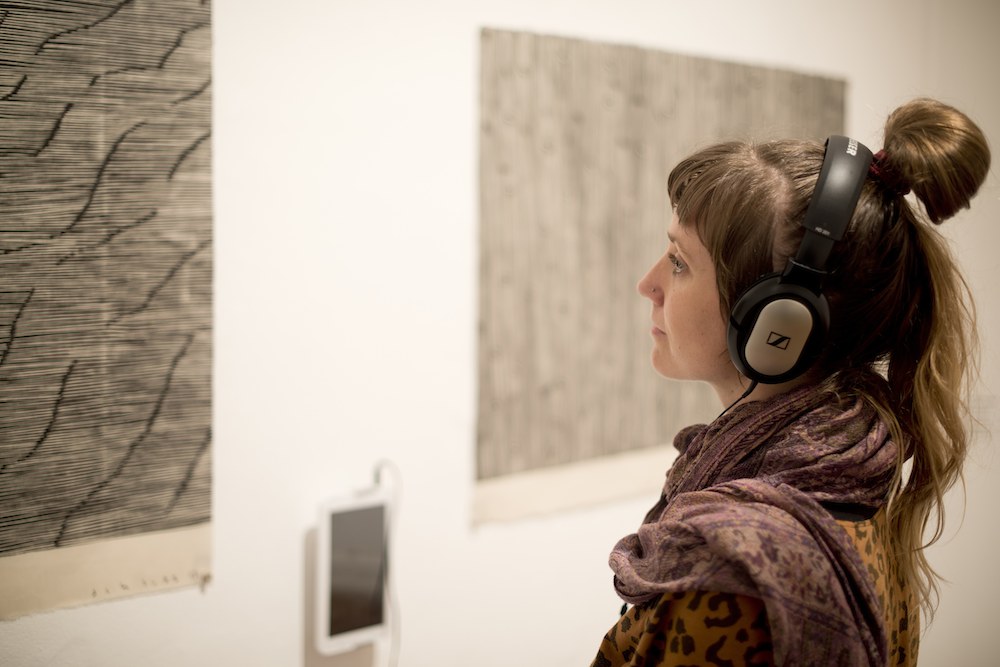
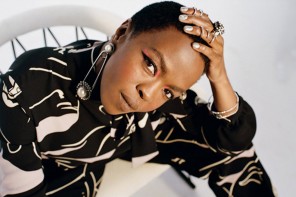
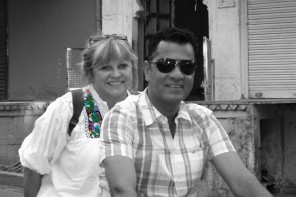

![tourmaline hero earring detail lo res _FLA9844[1]](https://www.verandahmagazine.com.au/wp-content/uploads/2014/12/tourmaline-hero-earring-detail-lo-res-_FLA98441-330x220.jpg)